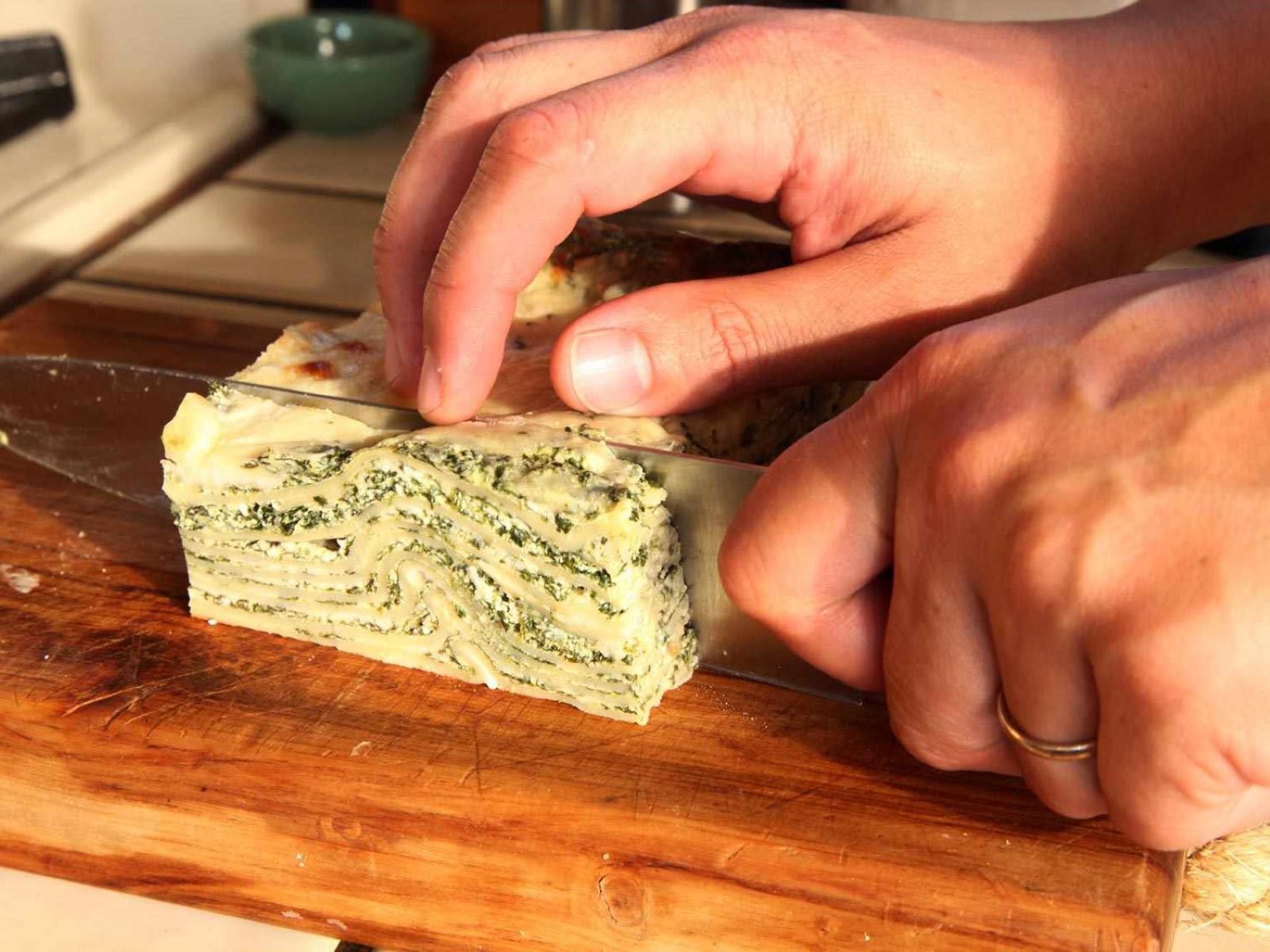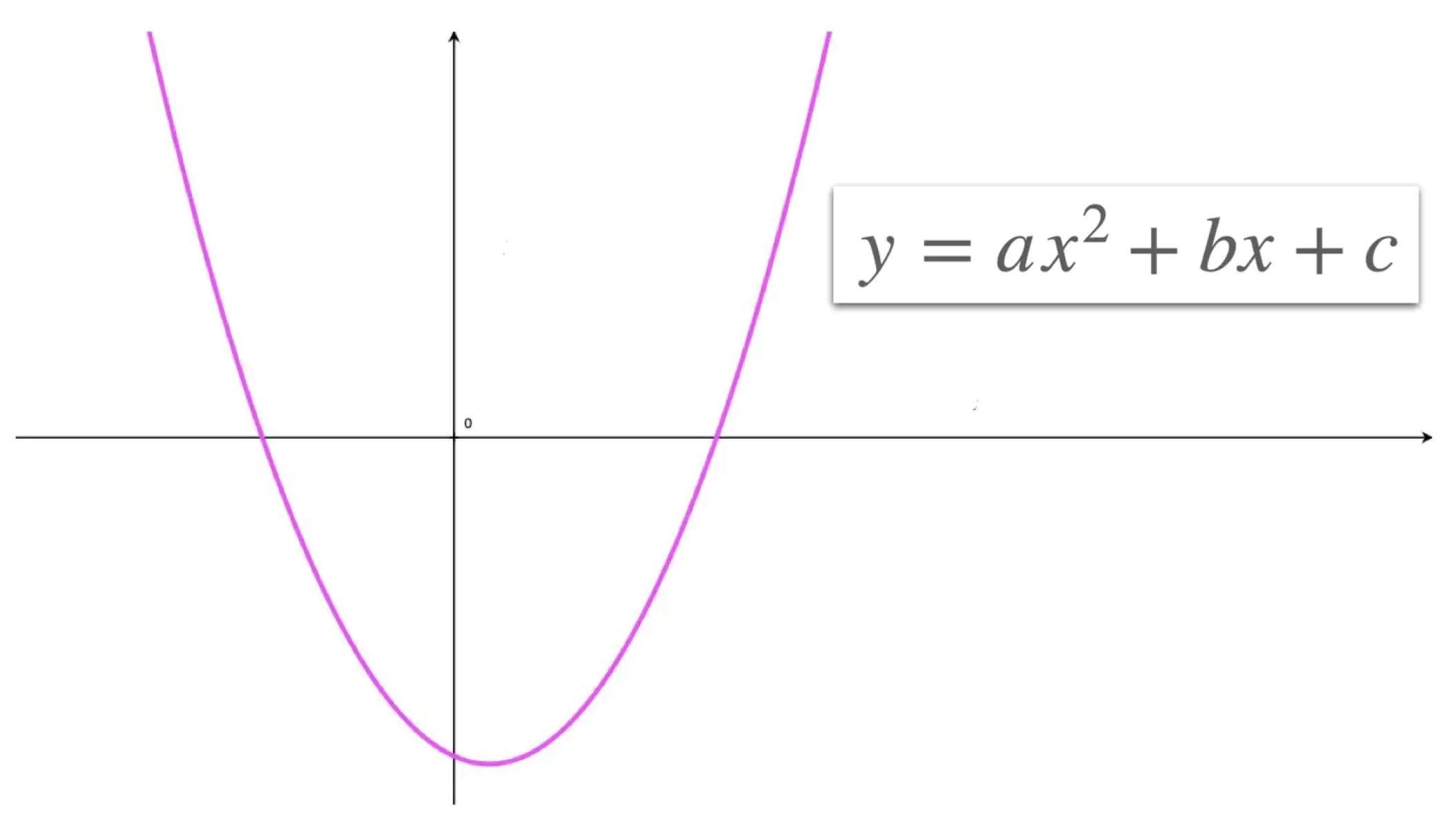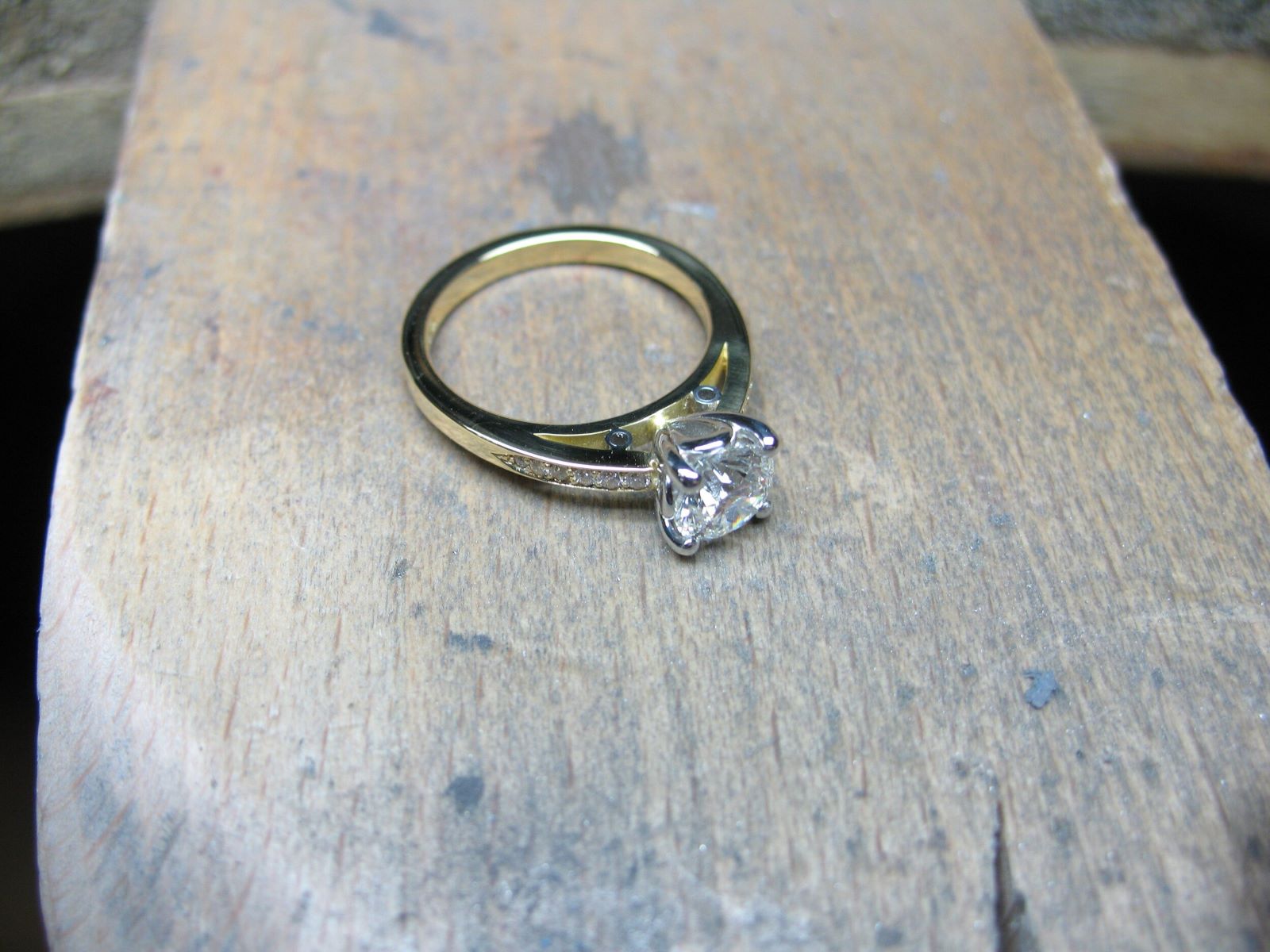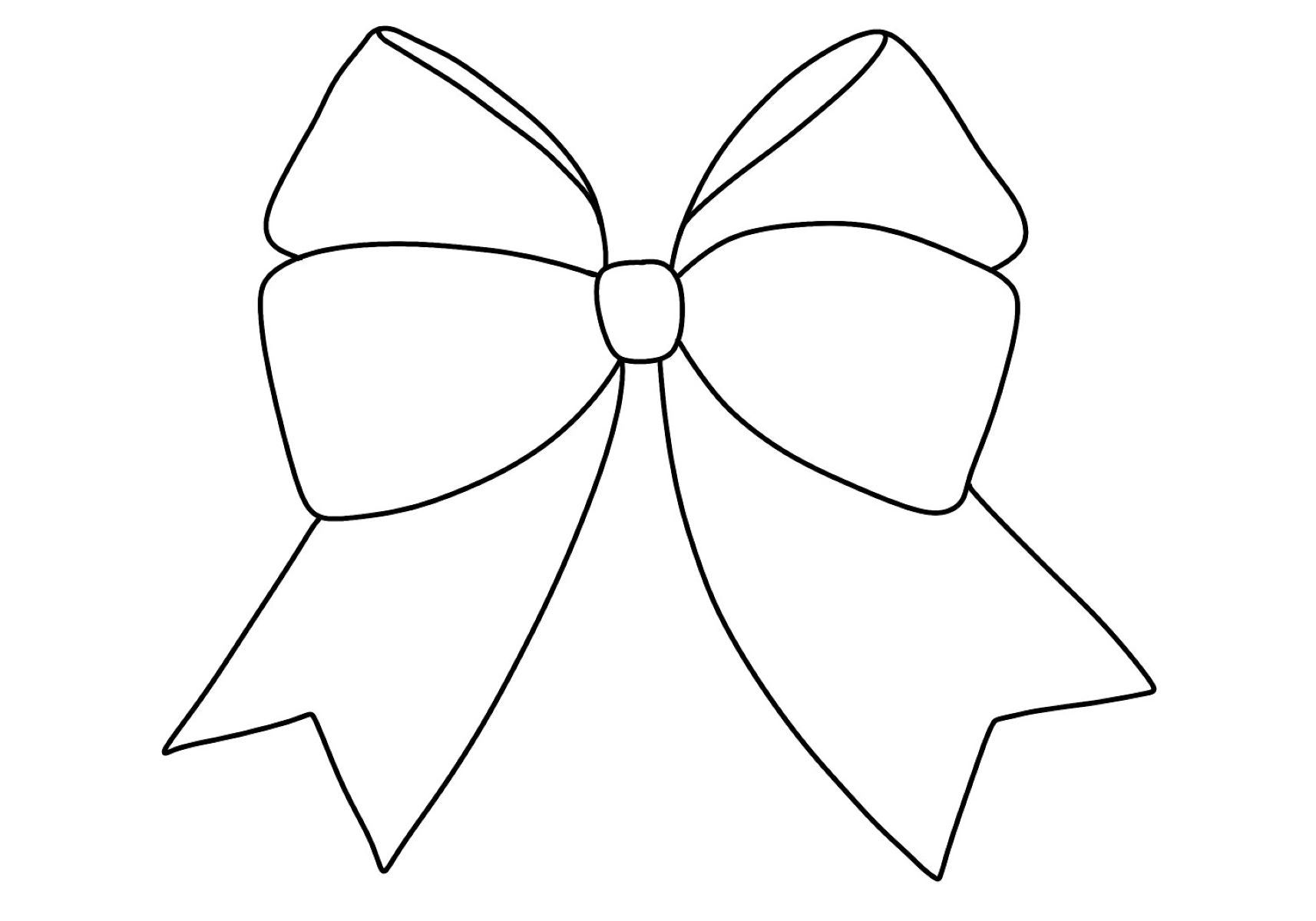Home>Food and Cooking>How To Fillet A Catfish


Food and Cooking
How To Fillet A Catfish
Published: March 5, 2024
Learn the step-by-step process of filleting a catfish with our easy-to-follow guide. Perfect for food and cooking enthusiasts looking to prepare fresh fish at home.
(Many of the links in this article redirect to a specific reviewed product. Your purchase of these products through affiliate links helps to generate commission for Regretless.com, at no extra cost. Learn more)
Table of Contents
Introduction
Filleting a catfish is a fundamental skill for any angler or cooking enthusiast. Whether you've just reeled in a fresh catch or purchased a whole catfish from the market, knowing how to fillet it properly is essential for preparing delicious meals. By mastering the art of filleting, you can unlock a world of culinary possibilities, from crispy fried catfish to delicate and flavorful grilled fillets.
In this comprehensive guide, we will walk you through the step-by-step process of filleting a catfish with precision and ease. From preparing the catfish for filleting to removing the head, skin, rib cage, and belly flap, we will cover each stage in detail, providing valuable tips and insights along the way. By the end of this tutorial, you will have the knowledge and confidence to expertly fillet a catfish, yielding prime cuts of meat that are ready to be transformed into delectable dishes.
So, grab your fillet knife, sharpen your skills, and get ready to embark on a rewarding culinary journey. Whether you're a seasoned angler or a cooking enthusiast eager to elevate your culinary prowess, learning how to fillet a catfish is a valuable skill that will open up a world of culinary creativity. Let's dive in and discover the art of catfish filleting together.
Read more: How To Fillet A Trout
Tools and Equipment Needed
Before embarking on the catfish filleting journey, it's essential to gather the necessary tools and equipment to ensure a smooth and efficient process. Having the right gear at your disposal will not only make the filleting process easier but also contribute to the precision and quality of the fillets you produce. Here's a comprehensive list of the tools and equipment you'll need:
-
Fillet Knife: A sharp, flexible fillet knife is the cornerstone of catfish filleting. Look for a high-quality fillet knife with a thin, flexible blade that allows for precise cuts and easy maneuverability around the fish's bones and contours.
-
Cutting Board: A sturdy, non-slip cutting board provides a stable surface for filleting the catfish. Opt for a cutting board with ample space to accommodate the size of the catfish and ensure a comfortable and secure working area.
-
Pliers or Fish Plier Tool: Pliers or a specialized fish plier tool can be incredibly useful for gripping and removing tough skin or slippery sections of the catfish, particularly around the head and tail areas.
-
Gloves: Wearing protective gloves is advisable, especially if you're handling a live catfish or a particularly slippery and challenging fish. Gloves provide a better grip and protect your hands from potential cuts or abrasions.
-
Paper Towels: Keeping paper towels handy is essential for maintaining a clean and dry working environment. You can use them to pat the catfish dry, wipe your hands, or clean up any spills during the filleting process.
-
Container or Bowl: Have a container or bowl nearby to collect the discarded parts of the catfish, such as the head, skin, and internal organs. This helps keep your workspace tidy and facilitates easy cleanup once the filleting is complete.
-
Kitchen Shears or Scissors: Kitchen shears or scissors can be useful for trimming fins, cutting through tough areas, or making precise incisions during the filleting process.
-
Water Hose or Sink: Access to a water source, such as a hose or sink, is crucial for rinsing the catfish and cleaning your tools throughout the filleting process.
By ensuring that you have these essential tools and equipment at your disposal, you'll be well-prepared to tackle the catfish filleting process with confidence and precision. With the right gear in hand, you're ready to move on to the next step: preparing the catfish for filleting.
Step 1: Prepare the Catfish
Before diving into the filleting process, it's crucial to properly prepare the catfish to ensure a seamless and efficient filleting experience. The preparation stage sets the foundation for the subsequent steps and significantly impacts the overall quality of the fillets. Here's a detailed breakdown of how to prepare the catfish for filleting:
-
Ensure Freshness: If you've just caught the catfish, it's essential to work with a fresh and well-handled fish. Check for clear, bright eyes, vibrant skin color, and a mild, fresh odor. If you've purchased the catfish, verify the freshness by examining the same indicators.
-
Secure the Catfish: Place the catfish on a clean and spacious cutting board, ensuring that it is stable and secure. If the catfish is still alive, handle it with care and use gloves to maintain a firm grip while minimizing stress to the fish.
-
Rinse the Catfish: Thoroughly rinse the catfish under cold running water to remove any surface impurities, slime, or debris. Gently rub the skin to ensure a clean and sanitized surface for the filleting process.
-
Pat Dry: After rinsing, use paper towels to pat the catfish dry, absorbing excess moisture from the skin and cavity. A dry surface facilitates better grip and control during the filleting process.
-
Positioning: Orient the catfish lengthwise on the cutting board, with the belly facing upward. This positioning provides optimal access to the crucial areas that will be addressed during the filleting process.
By meticulously preparing the catfish through these steps, you establish a solid foundation for the subsequent filleting process. Proper preparation ensures that the catfish is clean, secure, and ready for the precise knife work involved in filleting. With the catfish expertly prepared, you're now poised to move on to the next stage: removing the head.
Step 2: Remove the Head
Removing the head is a crucial step in the catfish filleting process, as it sets the stage for accessing and extracting the succulent meat from the fish's body. With precision and care, the head can be separated from the body, allowing for seamless progression to the subsequent stages of filleting. Here's a detailed breakdown of how to expertly remove the head from the catfish:
-
Positioning and Grip: With the catfish securely positioned on the cutting board, use one hand to hold the head firmly in place while ensuring a stable and controlled grip. This provides stability and minimizes movement during the head removal process.
-
Identify the Cut Line: Locate the area just behind the catfish's gills, where the head meets the body. This is the designated cut line for removing the head. Using a sharp fillet knife, carefully make an incision through the flesh and down to the backbone, ensuring a precise and clean cut.
-
Angle of Incision: When making the incision, angle the knife slightly downward to follow the natural contours of the catfish's body. This angled approach facilitates a smooth and efficient cut, minimizing resistance and potential damage to the meat.
-
Smooth, Continuous Motion: With a steady hand and controlled motion, continue the incision in a smooth, continuous manner, ensuring that the knife penetrates through the flesh and reaches the backbone. Exercise patience and precision to maintain a straight and even cut.
-
Complete the Cut: Once the incision reaches the backbone, apply gentle pressure to separate the head from the body. Use the knife to carefully sever any remaining connective tissue, ensuring a clean and precise separation.
-
Discard the Head: After successfully removing the head, place it in the designated container or bowl for discarding. This helps maintain a tidy workspace and facilitates easy cleanup once the filleting process is complete.
By following these steps with attentiveness and precision, you can effectively remove the head from the catfish, setting the stage for the subsequent stages of filleting. With the head successfully separated, you're now ready to progress to the next phase: removing the skin.
Step 3: Remove the Skin
Removing the skin from a catfish is a pivotal step in the filleting process, as it unveils the pristine meat beneath the surface, setting the stage for creating delectable fillets. The skin removal process requires precision and finesse to ensure the preservation of as much meat as possible while discarding the tough and inedible skin. Here's a detailed guide on how to expertly remove the skin from a catfish:
-
Secure Grip: With the head removed, position the catfish securely on the cutting board, ensuring a stable and controlled grip. This provides a steady foundation for the skin removal process.
-
Initial Incision: Using a sharp fillet knife, make an initial incision just behind the catfish's pectoral fin, near the headless end. Insert the knife between the skin and the flesh, angling it slightly downward to follow the natural contours of the catfish's body.
-
Peeling Motion: With the initial incision made, grasp the skin firmly with one hand while holding the knife with the other. Employ a peeling motion, guiding the knife along the skin to separate it from the flesh. Exercise patience and precision to ensure a smooth and controlled peeling process.
-
Continuous Progression: As the skin peeling progresses, maintain a steady and continuous motion, gradually working your way down the length of the catfish. Keep the knife blade angled slightly downward to minimize meat wastage and achieve a clean separation between the skin and the flesh.
-
Trimming Fins and Tail: When reaching the fins and tail, use kitchen shears or scissors to carefully trim around these areas. This facilitates a seamless skin removal process, allowing for precise maneuverability and ensuring the preservation of valuable meat.
-
Final Checks: Once the skin is entirely separated from the flesh, inspect the fillet to ensure that no remnants of skin remain. Any remaining skin can be gently trimmed away using the fillet knife, ensuring that the fillet is pristine and ready for the subsequent stages of filleting.
By following these steps with meticulous attention to detail, you can expertly remove the skin from the catfish, unveiling the succulent meat that lies beneath. With the skin successfully removed, you're now prepared to advance to the next stage: removing the rib cage.
Read more: Is Catfishing Illegal If No Money Was Taken?
Step 4: Remove the Rib Cage
Removing the rib cage from a catfish is a critical step in the filleting process, as it allows for the extraction of prime, boneless fillets that are ready for culinary transformation. The rib cage, consisting of the fish's skeletal structure, presents a barrier to accessing the valuable meat and must be skillfully removed to yield pristine fillets. Here's a detailed guide on how to expertly remove the rib cage from a catfish:
-
Positioning and Stability: With the skin removed, position the catfish securely on the cutting board, ensuring a stable and controlled grip. This provides a solid foundation for the precise knife work involved in removing the rib cage.
-
Identify the Cut Line: Locate the area along the top of the catfish where the rib cage meets the flesh. Using a sharp fillet knife, make an initial incision just above the rib bones, ensuring a clean and precise cut that penetrates through the flesh.
-
Angle of Incision: When making the incision, angle the knife slightly downward to follow the natural curvature of the catfish's body. This angled approach facilitates a smooth and efficient cut, minimizing resistance and potential damage to the meat.
-
Continuous Motion: With a steady hand and controlled motion, continue the incision along the length of the catfish, separating the flesh from the rib bones. Exercise patience and precision to maintain a straight and even cut, ensuring the preservation of valuable meat.
-
Separation of Rib Cage: Once the initial incision is complete, use the knife to carefully separate the flesh from the rib cage, ensuring a clean and precise separation. Apply gentle pressure to maneuver around the bones, gradually lifting the rib cage away from the fillet.
-
Trimming and Cleaning: After the rib cage is removed, inspect the fillet to ensure that no bone remnants remain. Any small bones or cartilage can be gently trimmed away using the fillet knife, ensuring that the fillet is entirely boneless and ready for the next stages of preparation.
By following these steps with meticulous attention to detail, you can expertly remove the rib cage from the catfish, yielding pristine fillets that are free of bones and ready to be transformed into a variety of delectable dishes. With the rib cage successfully removed, you're now prepared to advance to the next stage of the filleting process.
Step 5: Remove the Belly Flap
Removing the belly flap from a catfish is a crucial step in the filleting process, as it paves the way for creating pristine fillets that are free of excess fat and undesirable portions. The belly flap, located on the underside of the catfish, contains a layer of fatty tissue and is typically removed to enhance the overall quality and presentation of the fillets. Here's a detailed guide on how to expertly remove the belly flap from a catfish:
-
Secure Positioning: With the rib cage removed, position the catfish securely on the cutting board, ensuring a stable and controlled grip. This provides a solid foundation for the precise knife work involved in removing the belly flap.
-
Identify the Incision Line: Locate the area along the underside of the catfish where the belly flap meets the flesh. Using a sharp fillet knife, make an initial incision just above the fatty tissue, ensuring a clean and precise cut that penetrates through the flesh.
-
Controlled Separation: With a steady hand and controlled motion, continue the incision along the length of the catfish, separating the flesh from the belly flap. Exercise patience and precision to maintain a straight and even cut, ensuring the preservation of valuable meat while removing the fatty tissue.
-
Gentle Trimming: Once the initial incision is complete, use the knife to carefully separate the flesh from the belly flap, ensuring a clean and precise separation. Apply gentle pressure to maneuver around the fatty tissue, gradually lifting the belly flap away from the fillet.
-
Inspection and Final Touches: After the belly flap is removed, inspect the fillet to ensure that no remnants of fatty tissue remain. Any remaining fatty tissue can be gently trimmed away using the fillet knife, ensuring that the fillet is pristine and ready for the subsequent stages of preparation.
By following these steps with meticulous attention to detail, you can expertly remove the belly flap from the catfish, yielding pristine fillets that are free of excess fat and ready to be transformed into a variety of delectable dishes. With the belly flap successfully removed, you're now prepared to advance to the final stage of the filleting process.
Step 6: Final Touches and Cleaning
With the catfish expertly filleted, the final touches and cleaning stage is essential to ensure that the fillets are pristine, free of any residual impurities, and ready for culinary preparation. This phase involves meticulous inspection, trimming, and cleaning to guarantee that the fillets are of the highest quality and devoid of any unwanted elements.
Inspection and Trimming
Upon completing the filleting process, carefully inspect each fillet to ensure that it is free of any remaining bones, cartilage, or scales. Run your fingers along the surface of the fillets, checking for any irregularities or small remnants that may have been overlooked during the earlier stages. Using a sharp fillet knife, gently trim any minute imperfections or unwanted sections, ensuring that the fillets are pristine and ready for consumption.
Rinsing and Drying
After the inspection and trimming, rinse the fillets under cold running water to remove any residual blood, slime, or debris. Gently pat the fillets dry with paper towels, ensuring that they are free of excess moisture. A thorough rinsing and drying process contribute to the cleanliness and presentation of the fillets, preparing them for the next steps in the culinary journey.
Storage and Organization
Once the fillets are impeccably cleaned and dried, consider the storage and organization of the fillets. If not immediately used for cooking, store the fillets in airtight containers or sealed plastic bags, ensuring that they are refrigerated promptly to maintain freshness. Proper storage practices are crucial for preserving the quality and flavor of the fillets, allowing for future culinary endeavors.
Cleanup and Sanitization
As the filleting process concludes, take the time to clean and sanitize the workspace, cutting board, and all used tools and equipment. Thoroughly wash the cutting board with hot, soapy water, ensuring the removal of any residual fish particles or contaminants. Clean and sanitize the fillet knife, kitchen shears, and any other utensils used during the process, promoting a hygienic environment for future culinary endeavors.
By meticulously attending to the final touches and cleaning stage, you ensure that the fillets are pristine, free of any residual impurities, and ready to be transformed into an array of delectable dishes. With the fillets impeccably prepared, the culinary possibilities are endless, allowing you to showcase your expertise and creativity in the kitchen.
Conclusion
In conclusion, mastering the art of filleting a catfish is a rewarding endeavor that opens up a world of culinary possibilities. From the initial preparation of the catfish to the meticulous removal of the head, skin, rib cage, and belly flap, each step in the filleting process contributes to the creation of pristine, boneless fillets ready for culinary transformation.
By following the comprehensive guide outlined in this tutorial, you have gained valuable insights into the precise techniques and considerations involved in filleting a catfish. The careful preparation of the catfish, including the assessment of freshness and the secure positioning for filleting, sets the stage for a seamless and efficient process. The removal of the head, skin, rib cage, and belly flap demands precision, patience, and finesse, ensuring that the resulting fillets are of the highest quality and free of unwanted elements.
As you embark on your catfish filleting journey, remember the importance of utilizing the right tools and equipment, maintaining a clean and organized workspace, and prioritizing hygiene throughout the process. The filleting process is not only a culinary skill but also an art form that allows you to unlock the delicate, succulent meat of the catfish, ready to be transformed into an array of delectable dishes.
Whether you choose to savor the fillets through classic frying techniques, explore innovative grilling methods, or incorporate them into flavorful stews and soups, the filleting process lays the foundation for culinary creativity. The pristine fillets you have expertly prepared are versatile canvases awaiting your culinary expertise, allowing you to showcase your skills and delight your taste buds with the fresh, delicate flavors of catfish.
As you continue to hone your filleting skills, remember that practice and patience are key to mastering this art. Each filleting experience presents an opportunity for refinement and growth, allowing you to elevate your culinary prowess and delight in the satisfaction of creating exquisite dishes from the fruits of your labor.
With the knowledge and expertise gained from this guide, you are well-equipped to embark on future filleting endeavors with confidence and precision. Embrace the art of catfish filleting as a gateway to culinary exploration and innovation, and let your creativity flourish as you transform pristine fillets into memorable dining experiences.













